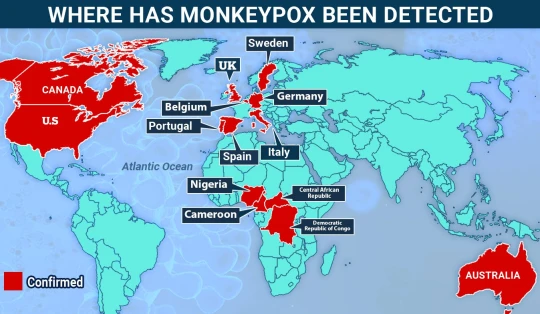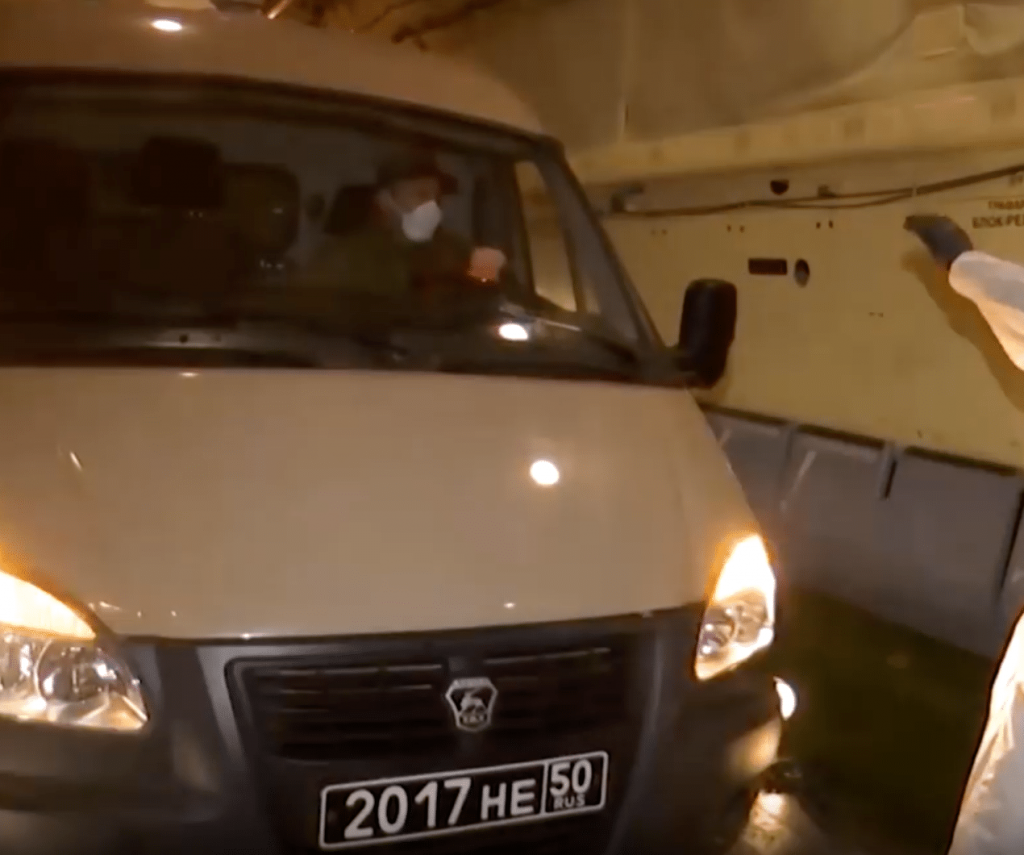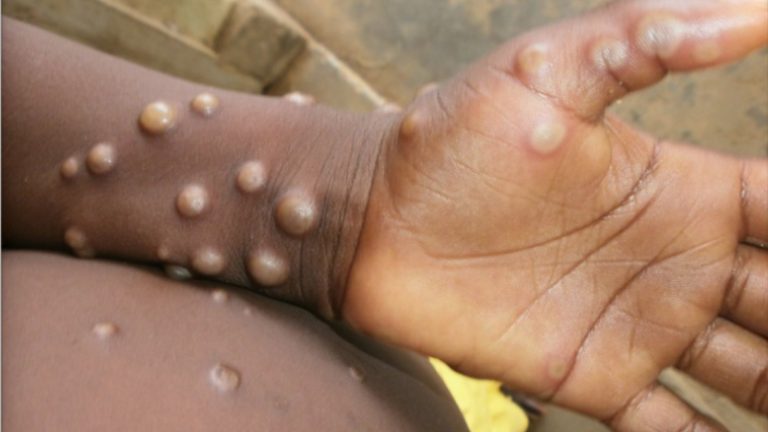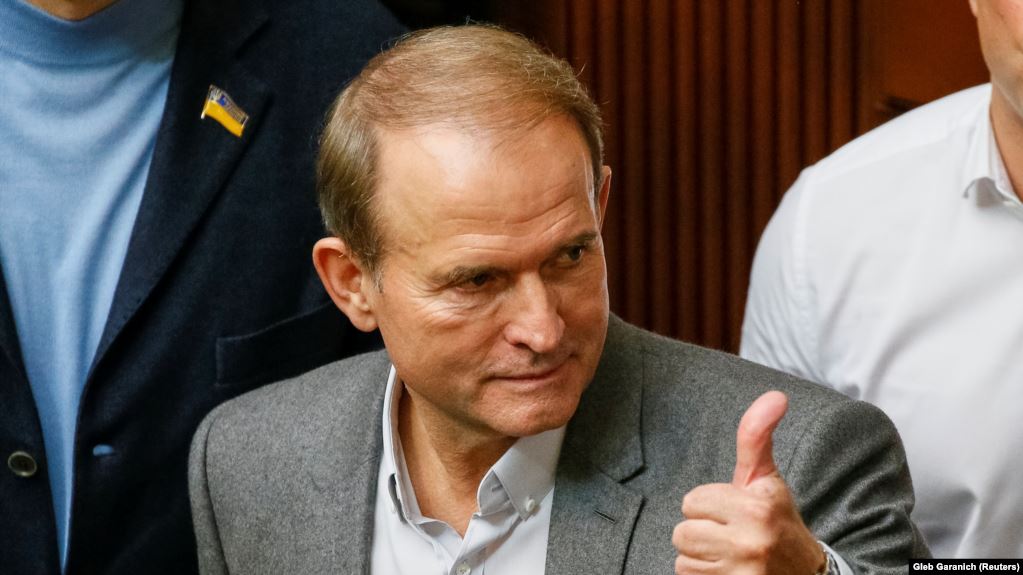The appearance of monkeypox virus cases indicates that Russia was high likely involved in developing the virus as a biological weapon and confirms the October 2020 RLI conclusions on relevant smallpox work in Russia-based military laboratories.
There are now 20 cases in the UK, health secretary Sajid Javid revealed on Friday, May 20, although, ‘most cases’ are mild. The virus has also been detected in nine other countries outside Central and West Africa, where the majority of historic cases have been concentrated.
The disease outbreaks have been recently recorded in 11 non-endemic countries.
African scientists have said they are baffled by its global spread. At the same time, no case has been reported in Russia, despite the high activity of Russians in Africa, both through the Ministry of Defense and commerce lines.
Since the mass vaccination stopped, now there are no smallpox immune people. As smallpox is considered to be eradicated, the vaccines are absent in most countries.

There are no guarantees that Moscow will not fall back on covert use of biological weapons if it has medicines developed for a specific virus strain. As Moscow states, in the war in Ukraine it fights against the West (NATO), thereby raising the possibility of using mass destruction weapons.
According to our information, the Russians consider the NIOCH-14-based smallpox cure development as a strategically important task.
Russia’s military scientists researched using monkeypox as a bio-weapon until at least the early 1990s.
Taking into account that in comparison with COVID-19 smallpox is much more virulent and highly lethal, a triggered epidemic could lead to catastrophic consequences and serve hostile goals to undermine stability of foreign states in order to change the geopolitical landscape.
Russia has been working on the virus for the last 10 years.
The Russian State Research Center of Virology and Biotechnology VECTOR has developed an automatic kit, which can be used to detect positive poxvirus, including monkeypox virus. The laboratory tests have been successfully completed. In 2021 Ksenia Titova (Vector Center), disserted on ‘SCID mice as an animal model to evaluate the efficacy of antismalpox drugs’.
Despite the low level of human-to-human transmission cases registered in the international practice, according to the ‘Vector’ evaluations there is a high risk of monkeypox spread through human-to-human transmission. It may indicate that ‘Vector’ disposes virulent modified strains of the virus the West is not aware of.
‘Vector’ is not the only lab researching smallpox viruses. The 48th Central Research Institute of the Ministry of Defense, which worked on the Ebola virus militarization, has been researching smallpox virus for a long time.In 2012 the 48 CRI Borisevich, S.V., Marennikova, S.S., Makhlai, A.A., Terentiev, A.I., Loginova, S. Ya., Perekrest, V.V., Krasnyansky, V.P., Bondarev, V.P., Rybak, S.I. published a research work ‘Monkeypox: Features of Spread After Cancellation of Mandatory Pox Immunization’. Features of monkeypox spread after eradication of smallpox and cancellation of mandatory pox immunization were examined. In the condition of cancellation of mandatory pox immunization, a decrease in population pox immunity, a lack of vigilance in most of the medical specialists to diseases caused by other pathogenic for human orthopoxviruses was noted. This situation complicates the prognosis of the development of possible monkeypox-caused infection outbreaks among humans. In such situation only constant vigilance related to this zooanthroponosis, use of express diagnostics methods, as well as means of effective protection will allow to stop monkeypox outbreaks at the early stage.
In the Soviet era the 48th Research Institute (Zagorsk-6) used to specialize in creating biological weapons based on viruses, rickettsia and toxins. The activities of generals N.N. Vasiliev, D.V. Vinogradov-Volzhinsky, A.A. Vorobyov, V.A. Lebedinsky, A.A. Makhlai, S.I. Prigod are affiliated with this institute. A successful experiment to cultivate variola and Venezuelan equine encephalomyelitis viruses in chicken egg embryos is among of the Zagorsk-6 Institute achievements. It also created immunoglobulin to prevent Ebola. Generals L.A. Klyucharev and A.A. Vorobyov were also involved in the virus genetics.

The Zagorsk-6 Institute keeps working with such pathogens of dangerous infections usable for biological weapons as smallpox, monkeypox, Bolivian (Machupo) and Argentinean (Junin) hemorrhagic fevers.
The most virulent combat strain of smallpox (strain “India-1”) was identified in 1967. It was a result of research work starting upon a group of Indian tourists’ smallpox introduction to the USSR in 1959 and a return expedition of Soviet military microbiologists to India. The trophy of that expedition was Variola major.
Kanatjan Alikbekov, the former First Deputy Director of ‘Biopreparat’, the USSR Biological Weapons Development Agency, said that the Soviet Union was developing the concept of Ebola-smallpox virus mix as highly contagious biological weapon.
He said, ‘So we developed a special program to determine what “model” viruses could be used instead of human smallpox’.
Russia tested vaccinia virus, mousepox virus, rabbitpox virus, and monkeypox virus as models for smallpox. The idea was that all research and development work would be conducted with these model viruses included. Once they obtained a set of positive results, it would take just two weeks to conduct the same manipulations with smallpox virus and to stockpile the warfare agent. Russia would have in arsenal a genetically altered smallpox virus that could replace the previous one. Therefore, Russian Ministry of Defence decided to keep working with monkeypox to ‘create future biological weapons’ after the end of the USSR.
The coverup conducted by Russians clearly shows that Russia may be behind monkeypox virus spread.
On May 21,a Russian lawmaker Irina Yarovaya claimed that the US researched Ebola and smallpox viruses in Ukraine. This very virus combination was a research subject at three Russian laboratories in the interests of the Ministry of Defense in 2020.
She claimed that aside from the pathogens that are territorially bound to Ukraine, [the laboratories] researched viruses and pathogens that are endemically very far from Ukraine, such as Ebola and smallpox”. The topic of biological laboratories in Ukraine is one of Russia’s key propaganda messages and information war against the West. We estimate that this topic can serve as an excuse and argument for the Russians to keep working on biological weapons development.







Pingback: Conspiracy Theorists Link Outbreak And NATO To Fire At Russian Smallpox Lab In The '90s - Daily Post Network
Pingback: Conspiracy Theorists Link Outbreak In Europe To Fire At Russian Smallpox Lab In The ’90s – Black News Daily
Pingback: Monkeypox: how this all started and where it’s headed | TheCOVIDBlog.com May 25, 2022 The tentacles of the crazed, genocidal madman known as Bill Gates (Not a Scientist) touch every nook and cranny of global health in 2022. He is essentially Satan incar
Pingback: Monkeypox: how this all started and where it’s headed – Market Subset
Pingback: Monkeypox: how this all started and where it’s headed #newsoz.org #news – News Oz